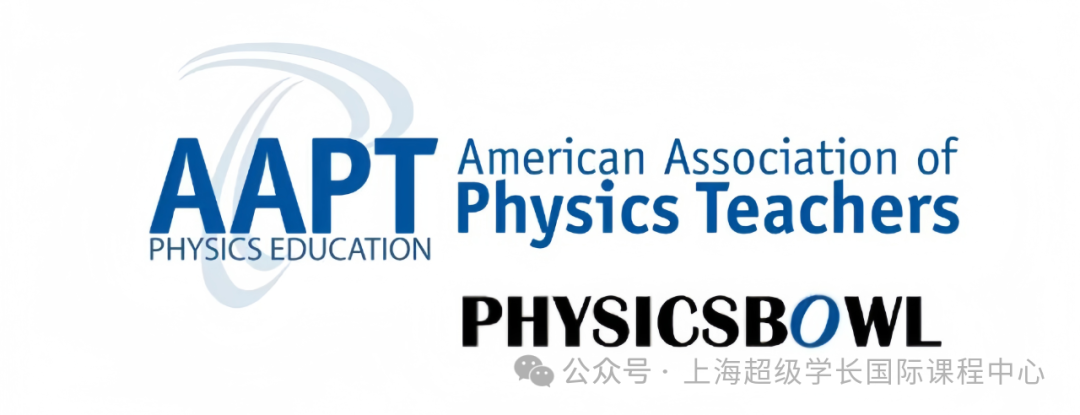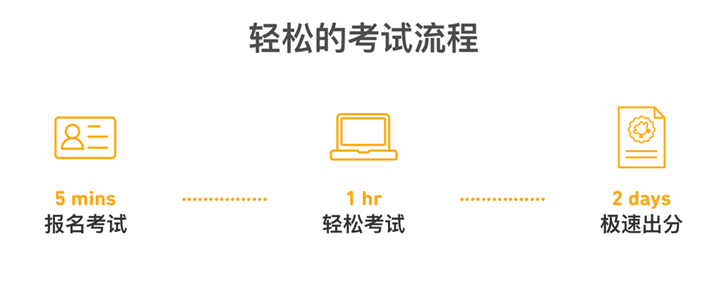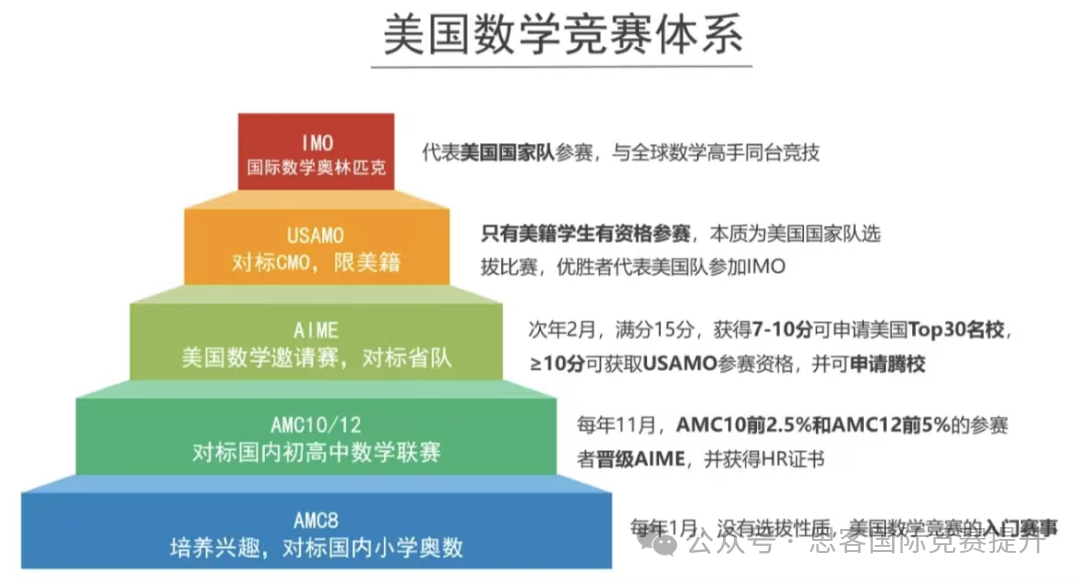文章目录[隐藏]
中文赛题:大湖水问题
背景
美国和加拿大的五大湖是世界上最大的淡水湖群。这些湖泊及其连接的水道构成了一个庞大的排水盆地,包含了这两个国家许多大型城市区域,气候多样,局部天气条件各异。
湖水被用于许多目的(渔业、娱乐、发电、饮用水、航运、动植物栖息地、建筑、灌溉等)。因此,众多利益相关者对流入和流出湖泊的水的管理抱有极大的兴趣。特别是,如果从湖泊排放或蒸发的水太少,则可能发生洪水,沿岸的家庭和企业会受到影响;如果排放的水太多,则大型船只无法通过水道运送物资,支持当地经济。主要问题是调节水位,使所有利益相关者都能受益。
每个湖泊的水位由流入和流出湖泊的水量决定。这些水位是温度、风、潮汐、降水、蒸发、湖底地形(湖底的形状)、河流流量和径流、水库政策、季节循环和长期气候变化之间复杂相互作用的结果。在大湖水系统的水流中,有两个主要的控制机制 - 苏锡圣玛丽的补偿工程(三座水电站、五个航道闸和一个大坝位于急流的源头)和康沃尔的摩西-桑德斯大坝,如附录中所示。
虽然两座控制大坝、许多渠道和运河以及排水盆地水库可能由人类控制,但降雨、蒸发、侵蚀、冰堵和其他水流现象的速率超出了人类的操纵能力。地方管辖区的政策可能会产生与预期不同的效果,季节性和环境变化在水盆地中的变化也是如此。这些变化反过来影响该地区的生态系统,这对湖泊周围发现的动植物的健康以及生活在水盆地中的居民产生影响。尽管五大湖似乎有规律的年度模式,但水位正常变化两到三英尺可以显著影响某些利益相关者。
这个动态网络流问题是“棘手的” - 由于相互依赖性、复杂的需求和固有的不确定性,这个问题极其难以解决。对于湖泊的问题,我们有不断变化的动态和利益相关者的冲突利益。
有关更多信息,请查看问题D附录。
要求
国际联合委员会(IJC)请求贵公司,国际网络控制模型师 - ICM,协助管理和模型控制机制(两座大坝 - 补偿工程和摩西-桑德斯大坝,如附录中所示),这些机制直接影响大湖流域水位。你的ICM主管已经让你的团队负责开发模型和实施模型的管理计划。你的主管指出有几个考虑因素可能有助于实现这一目标,从建立大湖和连接河流从苏必利尔湖到大西洋的网络模型开始。你的主管提到的一些其他可选考虑因素或问题包括:
-
确定五大湖在一年中任何时间的最佳水位,考虑到各个利益相关者的愿望(每个利益相关者的成本和收益可能不同)。
-
建立算法,根据湖泊的流入和流出数据维持五大湖的最佳水位。
-
了解你的控制算法对两座控制大坝的流出量的敏感性。给定2017年的数据,你的新控制是否会导致对各个利益相关者来说满意或比实际记录的水位更好的结果?
-
你的算法对环境条件变化(例如,降水、冬季雪盖、冰堵)的敏感性如何?
-
将你的广泛分析仅聚焦于安大略湖的利益相关者和影响因素,因为最近对这个湖的水位管理更为关注。
IJC还对你使用的历史数据以及你建立参数的方法感兴趣,他们好奇你的管理和控制策略与以往模型的比较结果。提供一份给IJC领导的一页备忘录,沟通你模型的关键特点,以说服他们选择你的模型。
你的PDF解决方案不得超过总共25页,应包括:
-
一份一页的摘要,清楚描述你解决问题的方法和从你的分析中得出的最重要结论。目录。 -
你的完整解决方案。 -
一页备忘录。 -
参考文献列表。 -
AI使用报告(如果使用)
注意:对于完整的MCM提交没有具体要求的最小页数。你可以使用最多25页来展示你的解决方案工作和任何你想包含的额外信息(例如:绘图、图表、计算、表格)。接受部分解决方案。我们允许谨慎使用AI,如ChatGPT,尽管不必须通过AI创建解决方案。如果你选择使用生成式AI,你必须遵循COMAP的AI使用政策。这将导致你必须在PDF解决方案文件的末尾添加一个额外的AI使用报告,且不计入你的解决方案的总页数25页限制内。
提供的文件:
-
Problem D Addendum - 额外的背景信息。
-
Data Examples - 这些可能是数据来源。其中一些用于填充Problem_D_Great_Lakes.xlsx 数据集。这些示例可以在问题D附录的第4页找到。注意:这些示例不是成功制定解决方案所必需的。
-
Problem_D_Great_Lakes.xlsx - 湖泊的流入、流出和水位数据。
参考资料(除了包括的背景数据文件):
[1] Explanation of the IJC’s Efforts to Manage the Great Lakes Basin: National Research Council; The Royal Society of Canada. (2006). Review of Lake Ontario-St. Lawrence River Studies. Washington D.C.: National Research Council of the National Academies. Retrieved from https://nap.nationalacademies.org/catalog/11481/review-of-the-lake-ontario-st-lawrence-river-studies
[2] Description of the Great Lakes Navigation Systems: Great Lakes Seaway Navigation System. (2023). Retrieved from American Great Lakes Ports Association: https://www.greatlakesports.org/industry-overview/the-great-lakes-seaway-navigation-system/#:%7E:text=Lake%20Erie%20drains%20into%20Lake,in%20elevation%20approximately%20600%20feet
Problem D: Great Lakes Water Problem
Background
The Great Lakes of the United States and Canada are the largest group of freshwater lakes in the world. The five lakes and connecting waterways constitute a massive drainage basin that contains many large urban areas in these two countries, with varied climate and localized weather conditions.
The lakes’ water is used for many purposes (fishing, recreation, power generation, drinking, shipping, animal and fish habitat, construction, irrigation, etc.). Consequently, a vast variety of stakeholders have an interest in the management of the water that flows into and out of the lakes. In particular, if too little water is drained or evaporates from the lakes, then flooding may occur and homes and businesses along the shore suffer; if too much water is drained, then large ships cannot travel through the waterways to bring supplies and support the local economy. The main problem is regulating the water levels such that all stakeholders can benefit.
The water level in each lake is determined by how much water enters and leaves the lake. These levels are the result of complex interactions among temperature, wind, tides, precipitation, evaporation, bathymetry (the shape of the lake bottom), river flows and runoff, reservoir policies, seasonal cycles, and long-term climate changes. There are two primary control mechanisms within the flow of water in the Great Lakes system – Compensating Works of the Soo Locks at Sault Ste. Marie (three hydropower plants, five navigation locks, and a gated dam at the head of the rapids) and the Moses-Saunders Dam at Cornwall as indicated in the Addendum.
While the two control dams, many channels and canals, and the drainage basin reservoirs may be controlled by humans, the rates of rain, evaporation, erosion, ice jams, and other water-flow phenomena are beyond human manipulation. The policies of local jurisdictions may have different effects than expected, as can seasonal and environmental changes in the water basin. These changes in turn affect the ecosystem of the area, which impacts the health of the flora and fauna found in and around the lakes and the residents that live in the water basin. Even though the Great Lakes seem to have a regular annual pattern, a variance from normal of two to three feet of water level can dramatically affect some of the stakeholders.
This dynamic network flow problem is “wicked” – exceptionally challenging to solve because of interdependencies, complicated requirements, and inherent uncertainties. For the lake’s problems, we have ever-changing dynamics and the conflicting interests of stakeholders.
See Problem D Addendum for Additional Information.
Requirement
The International Joint Commission (IJC) requests support from your company, International network Control Modelers – ICM, to assist with management and models for the control mechanisms (the two dams – Compensating Works and Moses-Saunders Dam as indicated in the Addendum) that directly influence water levels in the Great Lakes flow network. Your ICM supervisor has given your team the lead in developing the model and a management plan to implement the model. Your supervisor indicates there are several considerations that may help to achieve this goal starting with the building of a network model for the Great Lakes and connecting river flows from Lake Superior to the Atlantic Ocean. Some other optional considerations or issues your supervisor mentioned were:
-
Determination of the optimal water levels of the five Great Lakes at any time of the year, taking into account the various stakeholders’ desires (the costs and benefits could be different for each stakeholder).
-
Establishment of algorithms to maintain optimal water levels in the five lakes from inflow and outflow data for the lakes.
-
Understanding of the sensitivity of your control algorithms for the outflow of the two control dams. Given the data for 2017, would your new controls result in satisfactory or better than the actual recorded water levels for the various stakeholders for that year?
-
How sensitive is your algorithm to changes in environmental conditions (e.g., precipitation, winter snowpack, ice jams)?
-
Focus your extensive analysis of ONLY the stakeholders and factors influencing Lake Ontario as there is more recent concern for the management of the water level for this lake.
The IJC is also interested in what historical data you use to inform your models and establish parameters, as they are curious to compare how your management and control strategies compare to previous models. Provide a one-page memo to IJC leadership communicating the key features of your model to convince them to select your model.
Your PDF solution of no more than 25 total pages should include:
-
One-page summary sheet that clearly describes your approach to the problem and your most important conclusions from your analysis in the context of the problem. -
Table of Contents. -
Your complete solution. -
One-page memo. -
References list. -
AI Use Report (if used)
Note: There is no specific required minimum page length for a complete MCM submission. You may use up to 25 total pages for all your solution work and any additional information you want to include (for example: drawings, diagrams, calculations, tables). Partial solutions are accepted. We permit the careful use of AI such as ChatGPT, although it is not necessary to create a solution to this problem. If you choose to utilize a generative AI, you must follow the COMAP AI use policy. This will result in an additional AI use report that you must add to the end of your PDF solution file and does not count toward the 25 total page limit for your solution.
Files provided:
-
Problem D Addendum – Additional background information.
-
Data Examples – These are possible sources for data. Some of which were used to populate the Problem_D_Great_Lakes.xlsx data set. These examples can be found on page 4 of the Problem D Addendum. Note: These examples are not required to successfully formulate a solution.
-
Problem_D_Great_Lakes.xlsx – Data for the inflows, outflows, and water levels for the lakes.
References (in addition to the included background data file):
[1] Explanation of the IJC’s Efforts to Manage the Great Lakes Basin: National Research Council; The Royal Society of Canada. (2006). Review of Lake Ontario-St. Lawrence River Studies. Washington D.C.: National Research Council of the National Academies. Retrieved from https://nap.nationalacademies.org/catalog/11481/review-of-the-lake-ontario-st-lawrence-river-studies
[2] Description of the Great Lakes Navigation Systems: Great Lakes Seaway Navigation System. (2023). Retrieved from American Great Lakes Ports Association: https://www.greatlakesports.org/industry-overview/the-great-lakes-seaway-navigation-system/#:%7E:text=Lake%20Erie%20drains%20into%20Lake,in%20elevation%20approximately%20600%20feet












